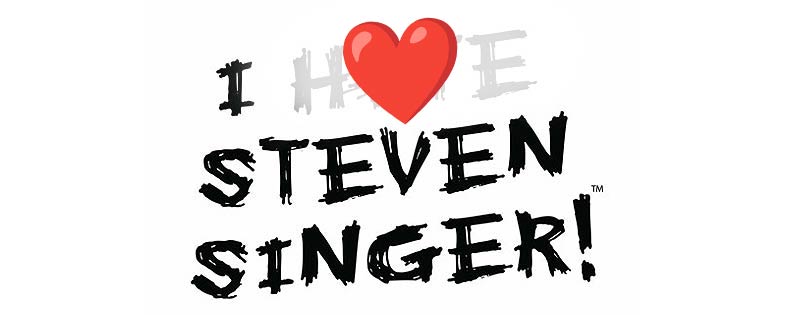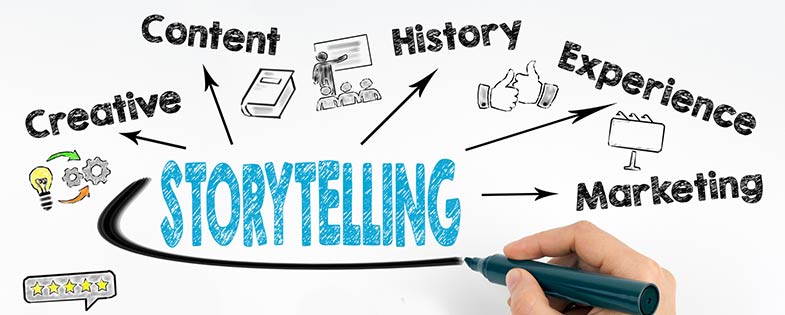

No New Normal
By Guest Columnist Lori Dixon, Ph.D., Great Lakes Marketing Research
Consumers got a taste of having more power over place and time, and they will not easily go back to their old ways.
There is not going to be a new normal. Normal implies: conforming to a standard, usual, typical, or expected. Ha! We are smart enough to know that consumer behavior is not going to be normal, on any level, any time soon, which might be okay. This could be our opportunity to take advantage of the chaos and be the disruptor. How many lists and articles have you read that prove the product or service that disrupts the market wins—think new ideas such as Virta Health (giving diabetics the tools to reverse Type II diabetes) and SoFi (a full suite of self-directed virtual financial products)—or new takes on a standard concept like DoorDash and Peloton.
What the pandemic has taught us is that consumers will try new products and services to get what they want, and they will continue to use those products that give them more power over place and time.
In a recent survey we conducted among 1,200 consumers in Northwest Ohio, we learned that 48% used video conferencing to chat with friends for the first time during the pandemic. Three-out-of-four of these new users believe they will continue these virtual chats after the stay-at-home restrictions are lifted. Among those who do not think they will immediately go back out in public as soon as they are allowed, the continued use of video chats is more than 10 percentage points higher compared to those who say they will go to public places as soon as they are allowed.
Clearly, if the medical community can get 38% of would-be urgent care or emergency care patients to switch to a telehealth visit, there are opportunities for the rest of us.
About 50% of our sample tried curbside pickup for the first time and 40% of those trying it will continue to use it. Nearly three-fourths of consumers who said they are going to wait a while before venturing out to public places are sticking with curbside pickup. Walmart first piloted curbside pickup in 2013, but it was not until this current climate that the service is being used to its fullest potential.
How can this new trend shake up other service delivery models? There are people who prefer to wait for service in their car rather than wait inside a building with strangers (even if those strangers are healthy.) This philosophy has already been adopted by telephone service providers who “call you back” rather than make you wait on hold. These methods have shifted power to the consumer, allowing the consumer to control their time. We are getting very used to being an “on-demand” society—thanks to streaming services that let us decide when the movie should start, or online shopping that has no store hours. The opportunity exists for many businesses to rethink their service delivery model. How can more power over place and time be shifted to the consumer? Consumers have never been more ready to take the reins.
This pattern repeats for several new services that were tried during this time of social distancing. The bottom line is that as doors open, a significant percentage of people are going to continue using new convenience services. And, do not be thinking that the “curbside service” trend is for the silver sneaker crowd. The use of curbside pickup is correlated with age—with it being more popular among younger adults. (“Why dress to shop if I don’t have to dress for work?”) If your target market skews young, the opportunity to ride this wave of no-normal is even greater.
Now is the best time to step back, think about your customer’s journey from how they determine they need your product, to how they get and use your product, to how they evaluate and talk about their experience with your product. Now, disrupt “yesterday’s journey” and see how much power you can shift to the consumer.
If this exercise is a challenge, ask your customers. Listen to their stories. I am certainly excited about this era of no-normal. It just makes listening to the voice of the customer all that more important!




